Application Progress of Ziwu Liuzhu Theory in Type 2 Diabetes
DOI: 10.23977/medcm.2022.040201 | Downloads: 13 | Views: 1443
Author(s)
Liu Xing 1, Shen Lu 2
Affiliation(s)
1 Shaanxi University of Traditional Chinese Medicine, Xianyang, 711301, China
2 Shaanxi Provincial Hospital of Traditional Chinese Medicine, Xi'an, 710000, China
Corresponding Author
Shen LuABSTRACT
Ziwu liuzhu originated from ancient China, originated from the "internal meridian", reflecting the law of qi, blood and Yin and Yang flowing into the meridians at 24 hours, which can be used for acupuncture, drug selection, health and so on. Meridian flow can be linked with the rhythm of human body clock and used to guide the treatment of metabolic diseases caused by circadian rhythm disorder. Therefore, the application progress of meridian flow theory in type 2 diabetes was analyzed from the sources of meridian flow theory, the influencing factors of blood glucose, the imbalance of Yin and Yang, and the dysfunction of zang-fu organs. In order to achieve better clinical therapeutic effect, meridional flow theory was used to guide drug use.
KEYWORDS
Meridional flow theory, Type 2 diabetes mellitus, Research progressCITE THIS PAPER
Liu Xing, Shen Lu, Application Progress of Ziwu Liuzhu Theory in Type 2 Diabetes. MEDS Chinese Medicine (2022) Vol. 4: 1-7. DOI: http://dx.doi.org/10.23977/medcm.2022.040201.
REFERENCES
[1] Chen Chaoyang. Treatment of 33 cases of type 2 diabetes mellitus with qi-Yin deficiency by self-developed xiaoke prescription [J]. Chinese traditional medicine modern distance education, 2010, 8(10): 24-26.
[2] Li S. Study on the influence of community nurses' in-depth family diet guidance on blood glucose in patients with diabetes [J]. Electronic journal of practical clinical nursing, 2020, 5(14): 128-129.
[3] Ren Jingyi, Xiong Guihua. Journal of Changchun university of traditional Chinese medicine, 2017,33(06):969-970.
[4] Meng Xiangyun, Guo Shuming, Yang Lixia. Research progress on the mechanism of polysaccharide from Traditional Chinese medicine on insulin resistance in type 2 diabetes mellitus [J]. Chinese journal of experimental formulae, 2017, 23(08): 220-225.
[5] Meng R, Cao Y, Kong Y et al. Effects of circadian rhythm disorder on body composition in women aged 31-40 years. Ann Palliat Med. 2021; Doi:10.21037/ APM-20-2267. (In Chinese)
[6] Ma H L, Zhu Y. Evaluation of insulin resistance and islet B cell dysfunction in type 2 diabetes mellitus [J]. Chinese journal of medical frontiers, 2016, 8(11): 88-92
[7] Zhu Chunshui, Sun Ling, Wang Laiyou, Guo Jiao. Progress in circadian rhythm regulation of glucose and lipid metabolism [J]. Journal of guangdong pharmaceutical university, 2016, 32(03): 398-402.
[8] Yu Pan, Yu Zhang, Yu Zhang et al. The relationship between sleep disturbance and type 2 diabetes mellitus in the elderly: A review. Chinese Journal of Integrated Traditional and Western Medicine, 2019, vol. 7, no. 3.
[9] Wang F, HE H L. Probe into the physique theory of Diabetes prevention in Neijing [J]. Journal of Traditional Chinese Medicine, 2006(11): 2069-2070. (In Chinese with English abstract
[10] Zhang Cuiping, Sha Wenjun, Chen Lin, Xu Bilin, Zhu Jinyue, Lei Tao. Relationship between blood glucose and viscera in type 2 diabetes mellitus based on meridian flow theory [J]. New traditional Chinese medicine, 2020, 52(13): 4-8.
[11] Liu Yuxin, Pu Chunli. Chinese journal of medicine science, 2012, 2(24): 98-99.
[12] Wu Yongrong, Gao Ruisong, Zhou Xing, You Xujun, Long Yan, Tian Xuefei, Zhou Qing. Study on the pathogenesis and timing of prostate cancer treatment based on biological clock rhythm [J]. World Science and Technology -- Modernization of Traditional Chinese Medicine: 1-7 [2021-08-02].
[13] Cheng Yaqing, Qu Haishun, Li Xue, Zhang Xianzhi, Zhang Haili, Zhang Jing, Wang Shichang, Gao Tongtong, Bo Bo, Li Jing. Lu Renhe. Experience in treating type 2 diabetes mellitus from the perspective of liver [J]. Beijing Traditional Chinese Medicine, 2010 4(06): 587-590.
[14] Xu Liangyin, Zheng Zhen, Cheng Yifu. Effect of timing administration of spleen-strengthening method on circadian rhythm of blood glucose in experimental diabetic mice [J]. Chinese journal of traditional Chinese medicine, 2009, 50(10): 925-927+935.
[15] Xu Fangqin, Chen Xiaoli, Wen Aidong. Analysis of timing of drug delivery [J]. Chinese pharmacy, 2010, 21(06): 558-559.
| Downloads: | 8959 |
|---|---|
| Visits: | 568555 |
Sponsors, Associates, and Links
-
MEDS Clinical Medicine
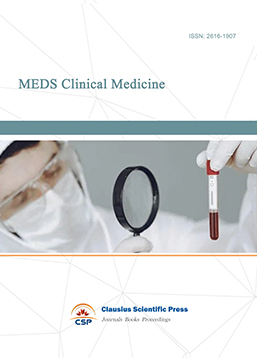
-
Journal of Neurobiology and Genetics

-
Medical Imaging and Nuclear Medicine

-
Bacterial Genetics and Ecology
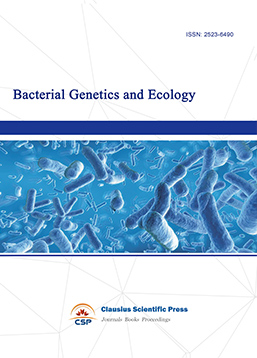
-
Transactions on Cancer
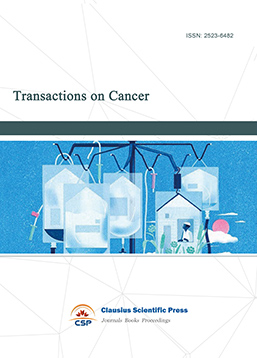
-
Journal of Biophysics and Ecology
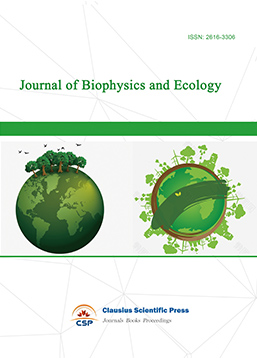
-
Journal of Animal Science and Veterinary
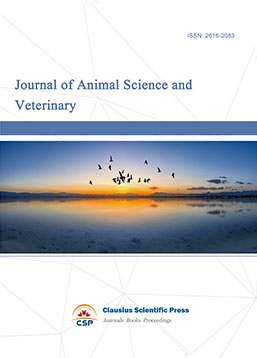
-
Academic Journal of Biochemistry and Molecular Biology
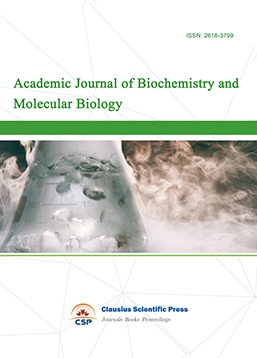
-
Transactions on Cell and Developmental Biology
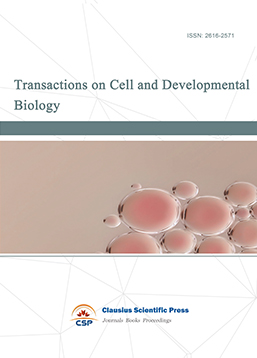
-
Rehabilitation Engineering & Assistive Technology
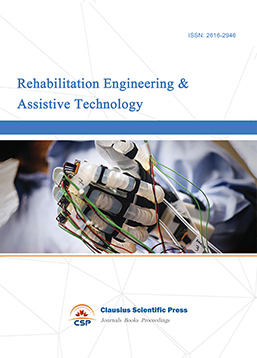
-
Orthopaedics and Sports Medicine
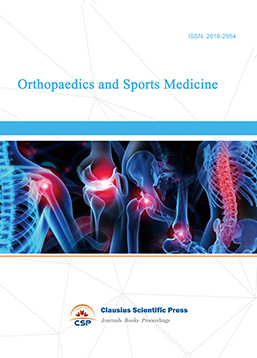
-
Hematology and Stem Cell

-
Journal of Intelligent Informatics and Biomedical Engineering
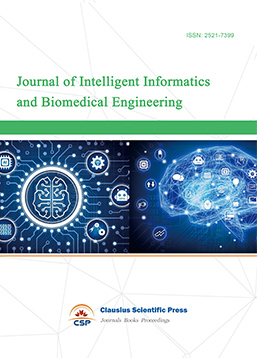
-
MEDS Basic Medicine
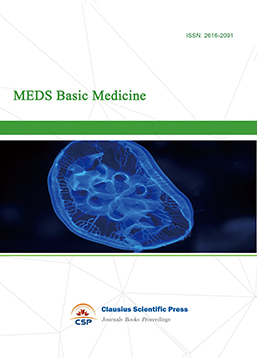
-
MEDS Stomatology
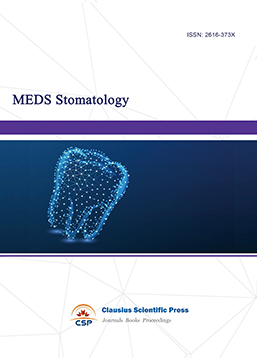
-
MEDS Public Health and Preventive Medicine
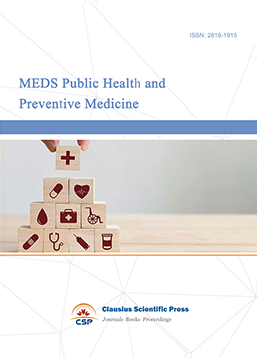
-
Journal of Enzyme Engineering
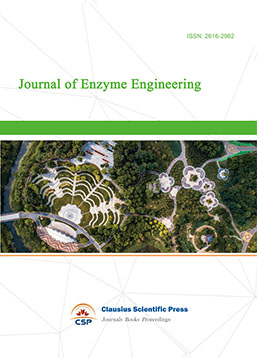
-
Advances in Industrial Pharmacy and Pharmaceutical Sciences
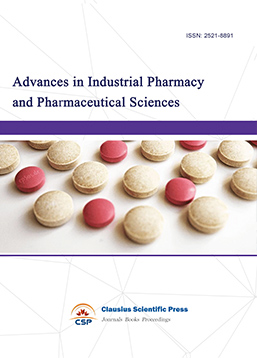
-
Bacteriology and Microbiology
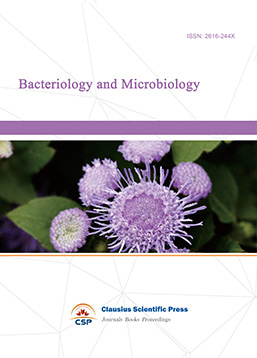
-
Advances in Physiology and Pathophysiology
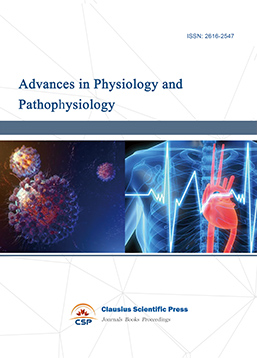
-
Journal of Vision and Ophthalmology
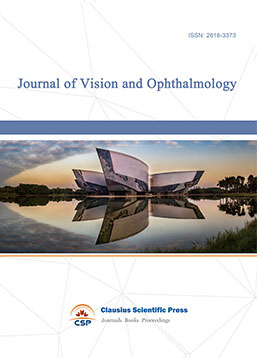
-
Frontiers of Obstetrics and Gynecology

-
Digestive Disease and Diabetes
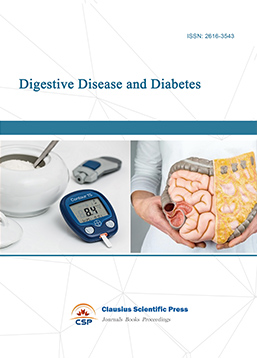
-
Advances in Immunology and Vaccines

-
Nanomedicine and Drug Delivery
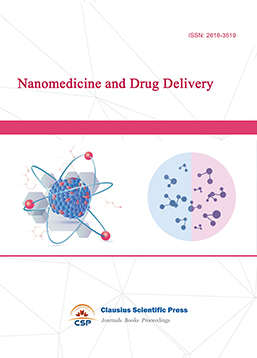
-
Cardiology and Vascular System
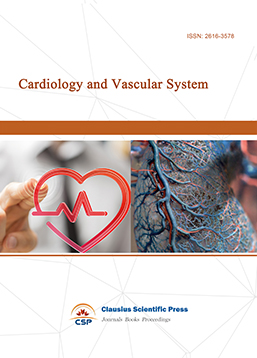
-
Pediatrics and Child Health
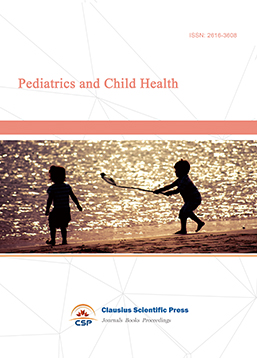
-
Journal of Reproductive Medicine and Contraception
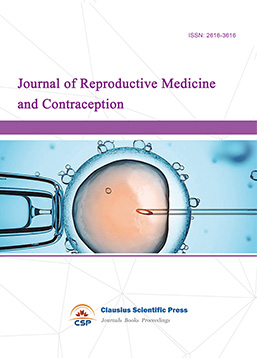
-
Journal of Respiratory and Lung Disease
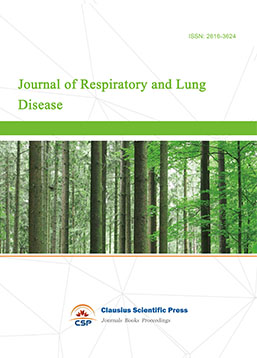
-
Journal of Bioinformatics and Biomedicine
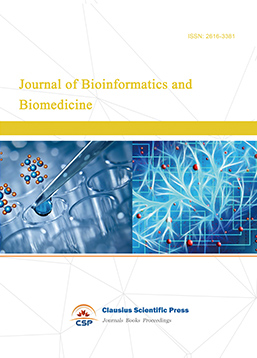

 Download as PDF
Download as PDF